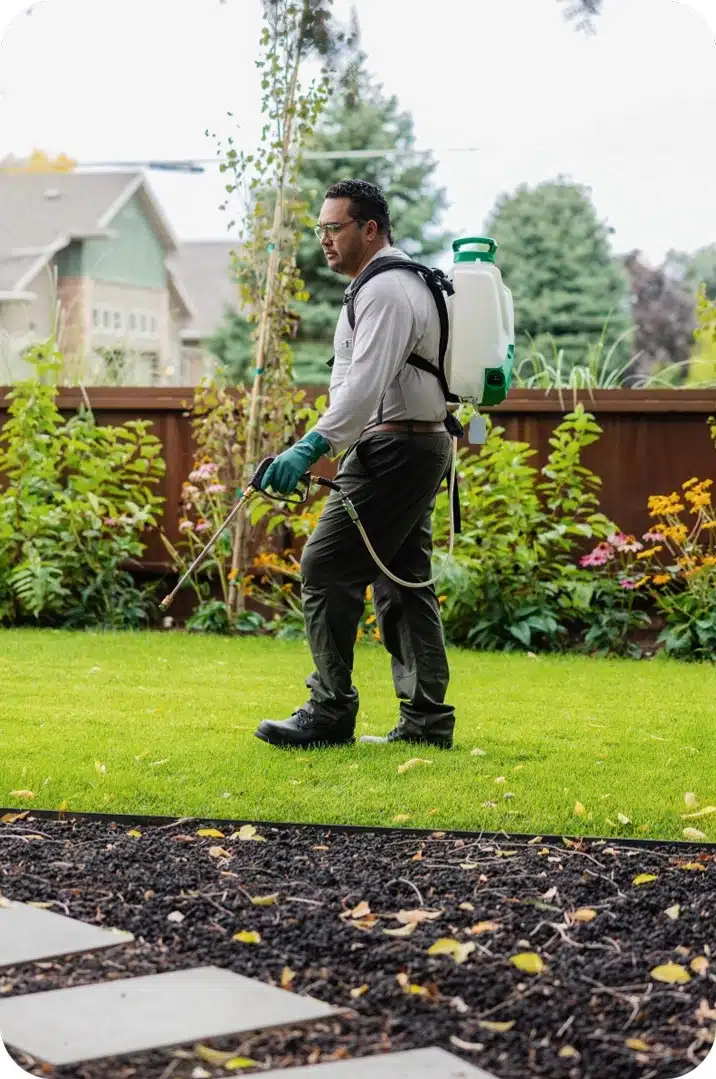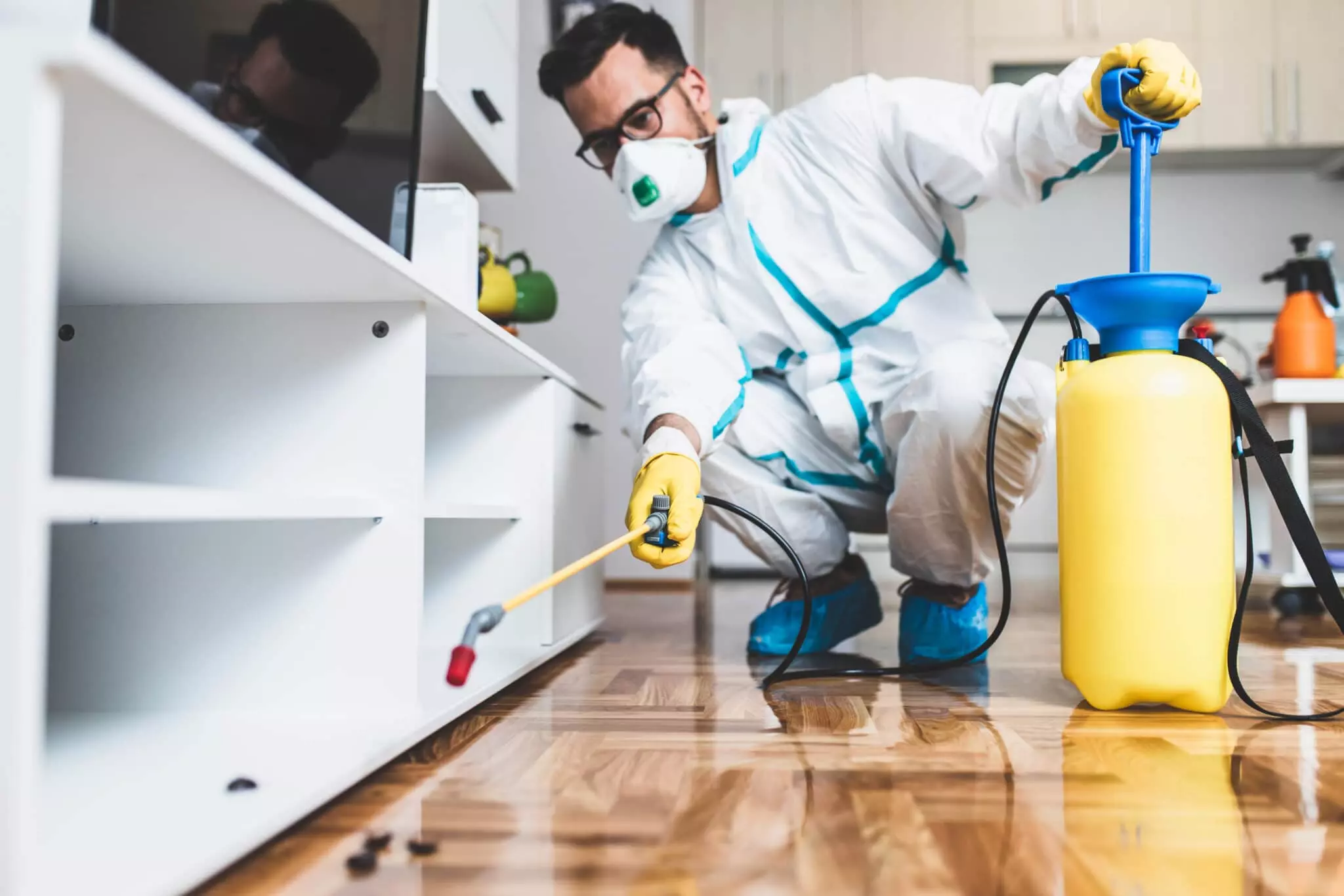A1 Pest Control Portland Bed Bugs - Expert Extermination Services
A1 Pest Control Portland Bed Bugs - Expert Extermination Services
Blog Article
Reliable Bug Control Services: An Extensive Check Out Elimination Techniques and Prevention Measures
In the realm of insect control services, the successful management of infestations needs a thorough approach that integrates different strategies and actions for both elimination and prevention. From Integrated Bug Monitoring (IPM) approaches that prioritize sustainable services to chemical extermination techniques designed for targeted elimination, the toolbox versus parasites is diverse and vast.

Integrated Bug Monitoring (IPM) Techniques
Integrated Bug Administration (IPM) Techniques encompass a detailed technique to pest control that concentrates on control, avoidance, and tracking methods to efficiently handle bug populaces. By incorporating numerous strategies, IPM aims to minimize the effect of pests while also reducing the reliance on chemical pesticides. Prevention lies at the core of IPM, stressing practices like correct hygiene, maintenance of health, and sealing access points to hinder bugs from infesting buildings. Monitoring plays a crucial role in IPM by routinely examining and recognizing pest degrees to identify the proper intervention thresholds. Control methods in IPM prioritize making use of physical, organic, and social approaches before transforming to chemical treatments as a last resource. These methods consist of introducing natural killers, habitat alteration, and utilizing trapping devices to keep parasite populaces in check. On the whole, IPM fosters a eco aware and lasting approach to pest administration, advertising long-lasting remedies that secure both human wellness and the community.
Chemical Extermination Strategies
Chemical extermination techniques are commonly used in insect control solutions to efficiently eradicate parasite populaces that pose a threat to human health and residential or commercial property. These methods involve using numerous chemical substances particularly made to target and remove parasites such as bugs, rats, and other undesirable creatures. The application of chemicals, pesticides, rodenticides, and various other chemical representatives is carefully managed to guarantee maximum performance while lessening dangers to human beings, animals, and the atmosphere.
Among the essential benefits of chemical elimination strategies is their ability to supply quick and targeted outcomes, making them especially beneficial in cases of serious problems or immediate insect control demands - a1 portland bed bug exterminator. However, it is necessary to highlight the relevance of appropriate handling, application, and disposal of these chemical products to avoid unintentional harm
Furthermore, incorporated insect management (IPM) techniques typically combine chemical elimination techniques with other methods such as hygiene, habitat modification, and biological controls to create a extensive and sustainable bug control method. By integrating chemical extermination methods sensibly within an IPM structure, insect control solutions can properly take care of parasite populaces while lessening prospective threats to human health and the atmosphere.
Organic Pest Control Methods
Utilizing natural killers and bloodsuckers to manage pest populaces is a sustainable technique referred to as organic pest control. why not try these out This technique harnesses the natural systems of the community to control parasite populaces without depending on artificial chemicals. One common biological control approach entails presenting all-natural adversaries of the target parasite species, such as ladybugs for aphid control or nematodes for termite infestations. These natural predators feed on the pests, helping to maintain their populations in check.
Another efficient organic control method is making use of microbial pesticides. These are naturally happening microbes, such as bacteria, infections, and fungis, that particularly target and contaminate specific parasite types. By utilizing these microbial agents, insect populaces can be successfully lowered without creating or harming valuable microorganisms damage to the atmosphere.
Physical Pest Prevention Procedures
Implementing physical parasite prevention procedures involves using obstacles and structural adjustments to hinder bugs from infesting a property or going into (a1 bed bugs exterminator portland). One effective approach is sealing all possible entry points such as gaps around doors, windows, and energy penetrations. Installing door sweeps, displays on home windows, and securing splits in the structure can help avoid bugs like pests and rats from gaining access indoors. In addition, preserving a clutter-free and clean atmosphere is important as bugs are attracted to food resources and concealing areas. Regularly examining and fixing any broken screens, vents, or roofing ceramic tiles can likewise help in maintaining parasites out.
One more physical prevention measure is the usage of barriers like fencing to keep bigger pests such as deer or raccoons away from the building. By executing these physical bug prevention procedures, residential or commercial property owners can considerably reduce the threat of insect invasions and the damage they can cause.
Expert Pest Assessment Procedures
Performing complete and organized pest assessments is an essential aspect of expert pest additional resources administration methods. Specialist bug assessors are educated to thoroughly take a look at residential properties for signs of problems, identifying pest types, entry factors, and favorable problems.

Verdict
To conclude, reliable parasite control services employ a variety of strategies, consisting of Integrated Parasite Management strategies, chemical elimination methods, organic controls, and physical avoidance actions. Specialist bug evaluation procedures play an important duty in recognizing and attending to pest problems in a prompt fashion. By executing a mix of these strategies, building proprietors can efficiently prevent and manage parasite invasions.
From Integrated Insect Management (IPM) methods that focus on sustainable options to chemical elimination methods developed for targeted removal, the collection versus parasites is large and complex.Integrated Bug Monitoring (IPM) Techniques include an extensive technique to pest control that focuses on avoidance, control, and tracking approaches to efficiently take care of bug populaces.Chemical extermination methods are typically utilized in bug control services to successfully remove pest populations that position a hazard to human health and residential or commercial property.Employing natural predators and parasites to manage insect populaces is a sustainable method understood as biological bug control.In conclusion, effective bug control services employ a range of strategies, consisting of Integrated Parasite Administration techniques, chemical extermination approaches, organic controls, and physical see this website prevention measures.
Report this page